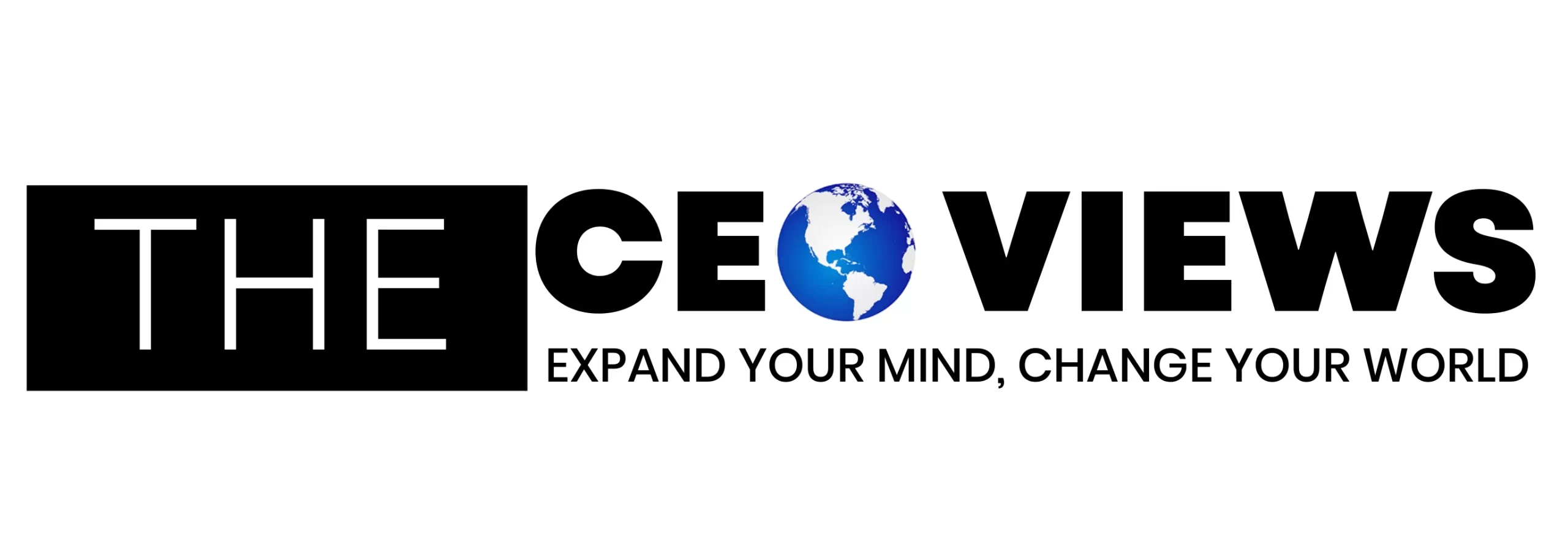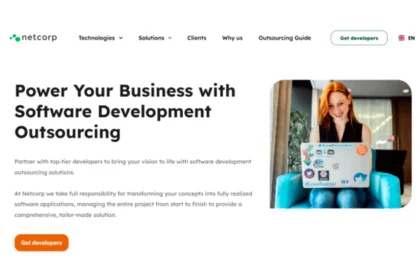Efficient management of tenant billing is critical for property managers, landlords, and real estate companies. With multiple tenants, variable rates, and complex contracts, manually handling billing processes can lead to errors, late payments, and operational inefficiencies. This is where specialized software solutions become essential, helping businesses automate billing, track payments, and maintain accurate records.
Understanding Tenant Billing Software
When it comes to streamlining property management, tenant billing software plays a crucial role in ensuring accuracy, compliance, and timely invoicing. Modern solutions not only generate invoices but also integrate seamlessly with existing systems such as ERP, CRM, and payment gateways, enabling landlords to optimize revenue management while reducing administrative overhead. For example, MaxBill offers a full-featured SaaS and enterprise solution designed to meet the complex needs of property managers, supporting B2B, B2C, and B2X models across small and medium enterprises as well as larger organizations.
A robust tenant billing system typically handles:
- Automatic generation of invoices based on lease agreements
- Management of different payment schedules (monthly, quarterly, or yearly)
- Integration with multiple payment gateways
- Real-time reporting and analytics for occupancy and revenue
- Customizable templates and notifications for tenants
The right software ensures consistency across multi-tenant buildings and multiple properties, which is critical for landlords managing large portfolios. Additionally, automated billing reduces human error, enabling businesses to maintain compliance with local regulations and avoid potential penalties.
Key Features to Consider
When evaluating tenant billing solutions, several features should guide your selection:
1. Automation and Scalability
Automation of invoicing, reminders, and reporting saves time and minimizes mistakes. Scalable solutions accommodate business growth, supporting multi-entity structures and hierarchical management without disrupting operations.
2. Data Integration and Optimization
Software that integrates with financial and management systems streamlines workflows. MaxBill, for instance, can integrate with ERP, CRM, and eGovernment platforms, while its AI-driven billing optimization identifies anomalies and uncovers opportunities for efficiency.
3. Customization and Flexibility
Every property management company has unique requirements. Customizable templates, business rules, and tenant-specific billing options ensure the software aligns with operational realities. Deployment flexibility—whether on-premise, private cloud, or hybrid—provides additional control over data and security.
4. Security and Compliance
Tenant data is sensitive. Robust access controls, private data clouds, and adherence to ISO 27001, EU Data Protection Act, and ITIL frameworks protect information and maintain compliance. Disaster recovery systems further ensure continuity in case of unforeseen events.
5. User Training and Support
Effective software adoption depends on proper training. MaxBill provides role-based learning journeys for admins, end-users, and technical teams, along with 24/7 support, ensuring smooth operation from day one.
6. Reporting and Analytics
Advanced reporting features allow landlords and property managers to monitor payments, track arrears, and forecast revenue. Predictive analytics and ML-driven insights further enhance decision-making.
Benefits of Using Tenant Billing Software
Implementing a dedicated tenant billing solution offers multiple advantages:
- Time savings: Automated processes significantly reduce administrative workload.
- Accuracy: System-generated invoices prevent errors common in manual calculations.
- Transparency: Tenants receive clear and timely statements, improving satisfaction and reducing disputes.
- Compliance: Adherence to local and international regulatory standards minimizes legal risk.
- Revenue optimization: Insights from integrated analytics help identify late payments, discrepancies, and improvement opportunities.
MaxBill, with its AI-native product suite, has been developed to cater to these requirements, ensuring businesses not only maintain efficient billing processes but also gain actionable insights for growth and operational improvement.
Common Pitfalls to Avoid
Despite the benefits, property managers should watch out for several potential pitfalls:
- Choosing software without proper integration capabilities: Lack of compatibility with existing systems can create redundant workflows.
- Ignoring scalability needs: As your portfolio grows, an inflexible solution may struggle to keep up.
- Neglecting data security: Weak access controls and insufficient backup protocols can compromise sensitive tenant information.
- Underestimating training requirements: Inadequate training can lead to misuse of features and inefficiency.
By carefully evaluating features, support options, and security protocols, property managers can avoid these common issues and select the software that best meets their needs.
Conclusion
The right tenant billing software transforms property management operations, streamlining invoicing, optimizing revenue, and enhancing tenant satisfaction. A solution like MaxBill not only automates billing and reconciliation but also integrates AI-driven analytics and ensures compliance with complex business structures. By understanding the essential features, benefits, and potential pitfalls, landlords and property managers can make informed decisions, ensuring operational efficiency and long-term business growth.
Investing in a reliable tenant billing solution is not just about reducing workload—it is about building a foundation for sustainable, data-driven property management. With tools that adapt to evolving business needs, organizations can confidently scale and innovate while maintaining control over billing and tenant communications.










